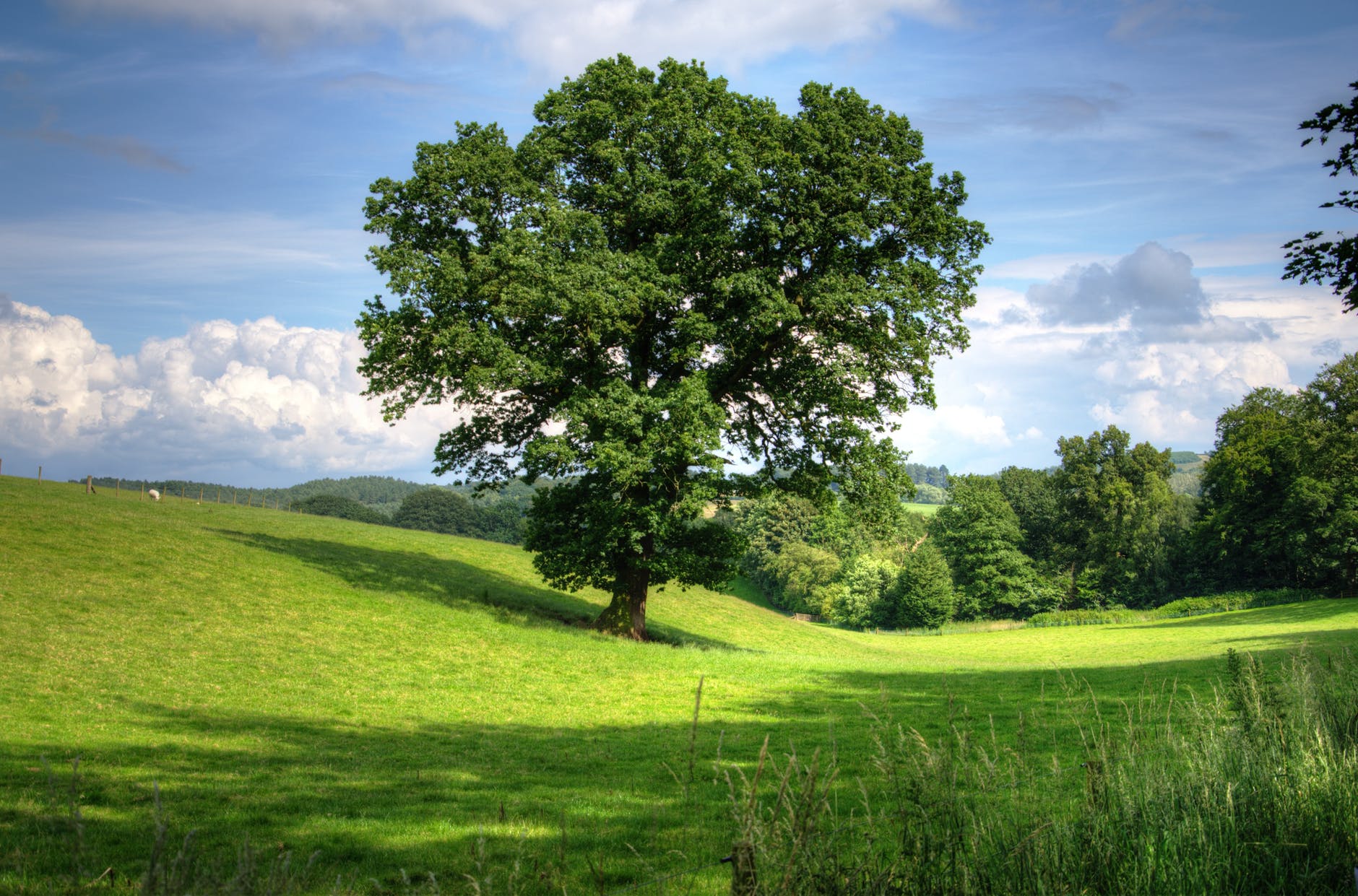
Let’s talk about trees! The first question you may have, if you’re not already familiar with this field, is what on earth is arboriculture and arboricultural report?
Basically, this is the study of woody plants. This includes, of course, trees, as well as vines and shrubs. It’s a science and a practice focused on cultivating the lovely species that fall under this category.
Arboriculture looks to understand how trees grow and respond to variations in their surrounding environment and culture, and use this knowledge to manage and cultivate them as best as possible.
Those who do arboriculture are ‘arborists’. They embody the necessary knowledge and skills to learn about, and care for trees. They may work together with landscapers. Their work can include transplanting and treating wounded trees.
So, what is an arboricultural report?
After evaluation, a professional arborist will produce a document of supporting or evidence against the removal or pruning of a tree. This document is what we call the arboricultural report or survey.
The document can inform you about the value of the tree, the risks associated with it, and risks to buildings posed by roots.
Why is an arboricultural report important?
Trees are an important asset to a property. Have looked after, quality, old trees add beauty to your garden, giving it greater value. Mistreated, decaying trees on the other hand can really bring down a property’s value.
But beyond this, it is a beautiful sight and a lovely experience to sit outside and enjoy lush, leafy surrounds. This can attract wildlife such as various species of birds to your home.
An assessment by an arborist, and the arboricultural report produced, is integral to taking care of your trees. It can also help you identify if the work that will be done in pruning or removing a tree entails hazards. Plus, they are needed for council purposes.
Let’s break these down some more with these reasons why you might need an arboricultural report…
- To help you determine whether or not a tree needs altering. An arborist can come in to throughly check out the tree of concern and can come back to you with helpful advice on what, if anything, needs to be done to the tree.
- To work out what the tree needs – a few spots of leaves pruned away? Or some branches lopped? The right treatment will enrich not only the tree but the garden.
- Keeping your house safe – as beautiful as our big old trees are, there may come a time where it may lean towards the house or heavy branches look like they may give way. An arboricultural report is essential to assess whether there are serious risks to you or your property.
- Your tree may be sick. Like humans, trees can come down with illness. This can come from rotting, insects, fungus, and other sources. A sign that a tree may be sick is peeling bark. If suspect anything, it may be a good idea to call in your arborist for a diagnosis. Then you can take the necessary steps to restore your tree to full health.
- Council approval. Beyond this, it’s a requirement of local councils for arboricultural report to be written following an on-site inspection by an arborist. This is taken into account when permitting the lopping or removal of trees, especially those that are heritage listed.
So, here you have it. Broken down are the basics of the arboricultural report, and the reasons why they are conducted. Always be sure to call a professional before altering your trees.
